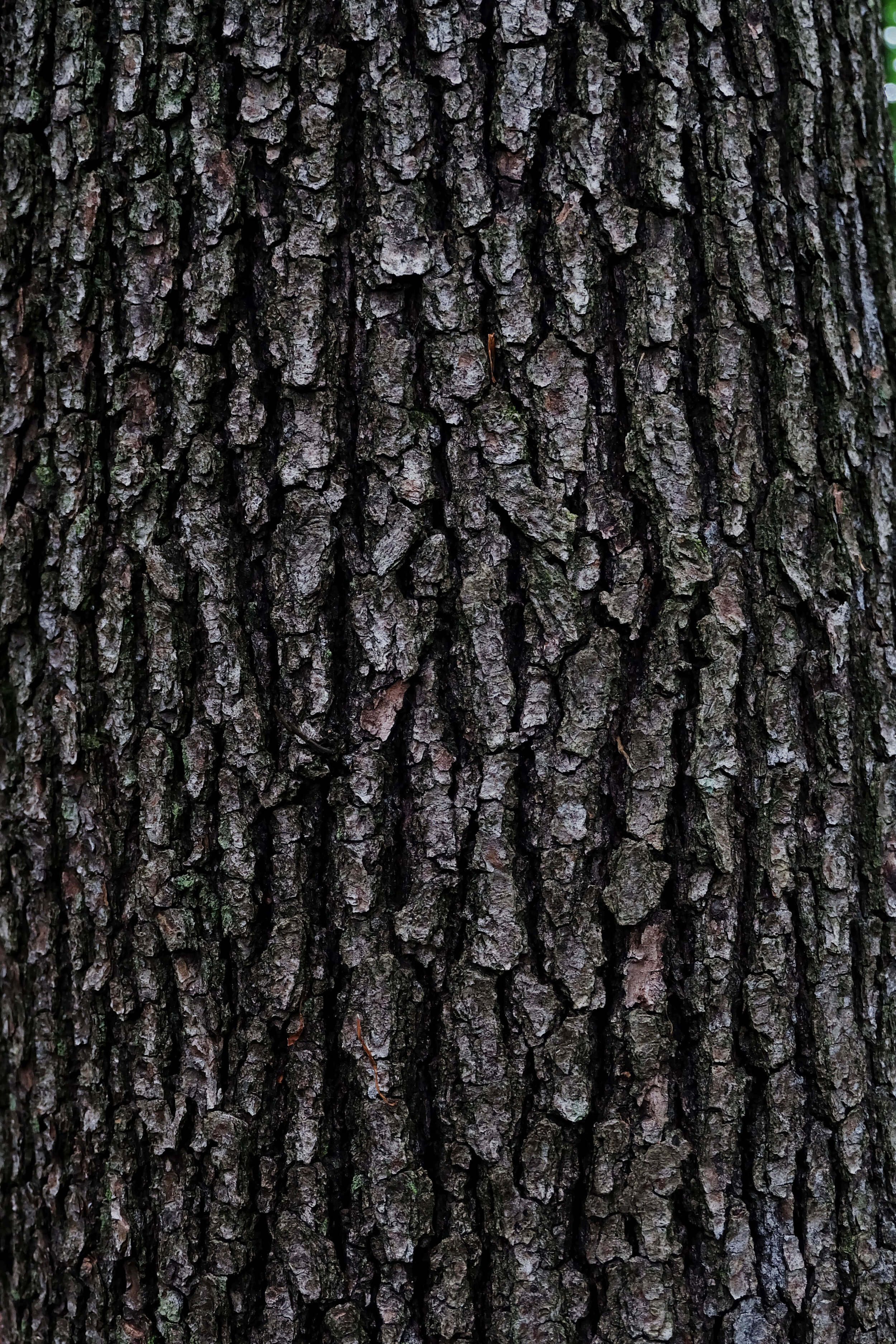Australian's Baron of Botany
STORY BY ANTHONY CARRUBBA
Behind the botanic wonders of Melbourne and its regional surrounds, one scientific figure looms large over the history of plant science in Australia’s ‘Garden State’. German-born Ferdinand von Mueller, though he has long since fallen from public consciousness, remains one of Australia’s most accomplished and influential scientists, even over a century after his death in 1896.
After the premature passing of his own parents, Mueller’s grandparents ushered him into education and an apprenticeship with a chemist. A trained physician, educated in geography and with a passion for botany, Mueller would come to play a defining role in shaping Victoria’s identity over the course of his distinguished career.
An avid explorer, Mueller combined his keen analytical mind with an unbridled passion for the natural world. At just 15, the young Ferdinand began to conduct botanical surveys of his native Schleswig-Holstein; efforts which eventually culminated in his successful Ph. D thesis about the region’s flora.
It was in 1847 that he first found himself in Australia, arriving in Adelaide just before Christmas. It had been the declining health of one of his sisters that had led their diminished family to seek out a warmer climate, upon advice from their doctor. Though he worked as a chemist in what is now Adelaide’s city centre, Mueller studied the region’s flora in his spare time, mostly spent exploring on his own, and writing scientific literature for publication in botanical circles.
In 1851 they made the move to Melbourne just as the gold rush was kicking off, precipitating staggering increases in wealth, international attention, and explosive growth for the region. Having garnered a reputation for his outstanding work on bringing knowledge of South Australian flora to Europe, he was shortly appointed as the official state botanist by Charles La Trobe.
Mueller moved almost immediately to establish what is now the oldest scientific institution in Victoria, the National Herbarium, which today houses almost 2 million plant and fungal species. In 1857 he was made director of the Royal Botanic Garden of Melbourne, a task which he handled masterfully with the scant resources available to him. He worked tirelessly to amass knowledge of Australian flora, while also facilitating the countless botanic gardens which now dot the state at large, such as the one that graces Wombat Hill in Daylesford.
The scientific and educational possibilities of these gardens were ever at the forefront of Mueller’s mind, and sadly he lost his position as director when the role was reshaped to emphasise the aesthetic value of the continent’s plant life.
Despite the unceremonious loss of his directorial role, Mueller’s influence and achievements as a botanist continued unabated, as he published over 800 papers and more than a dozen volumes over the course of his career. For these contributions to science he received a spate of honours from countries such as Spain, Denmark, France, Portugal, and his native Germany; a knighthood and his Barony among them.
Baron Sir Ferdinand Jacob Heinrich von Mueller KCMG, after dedicating his life and expertise to Victoria and Australia, carved out a place in history as a founding figure of the country’s scientific community and has left a profound mark on our identity here in the Garden State.
Anthony Carrubba

